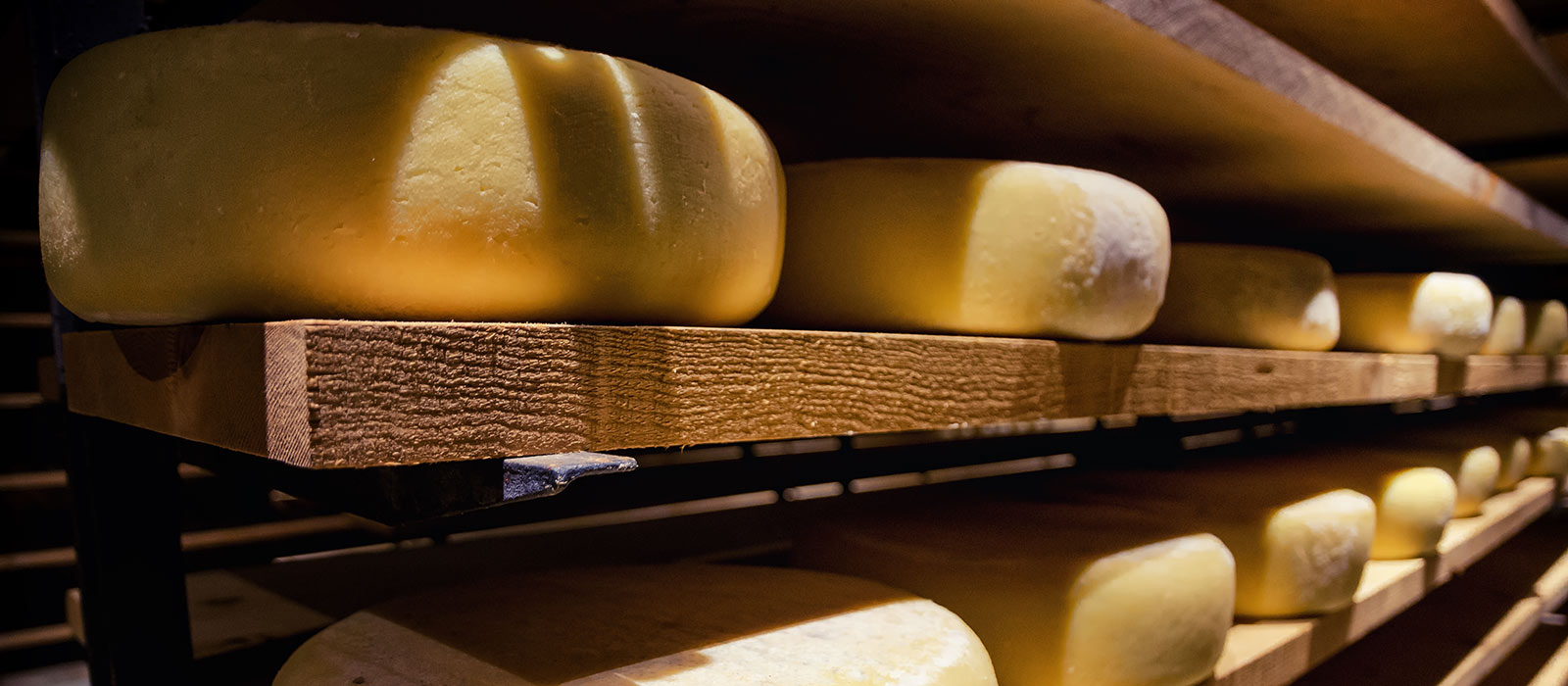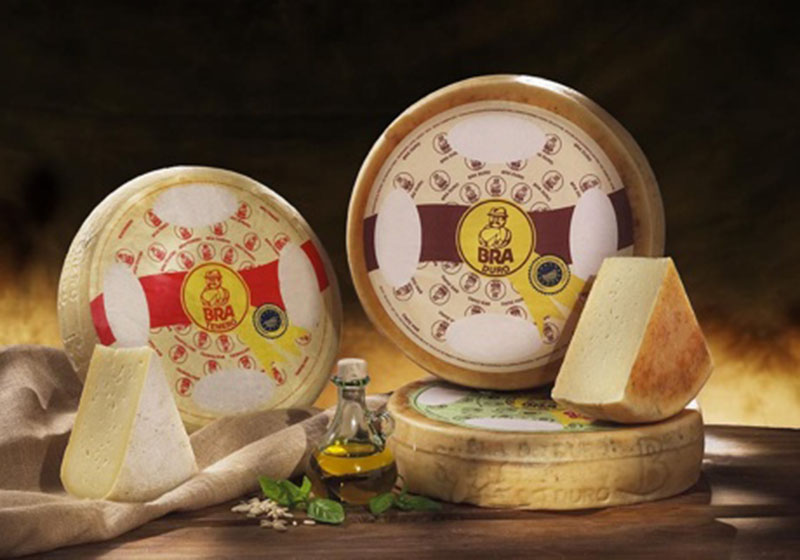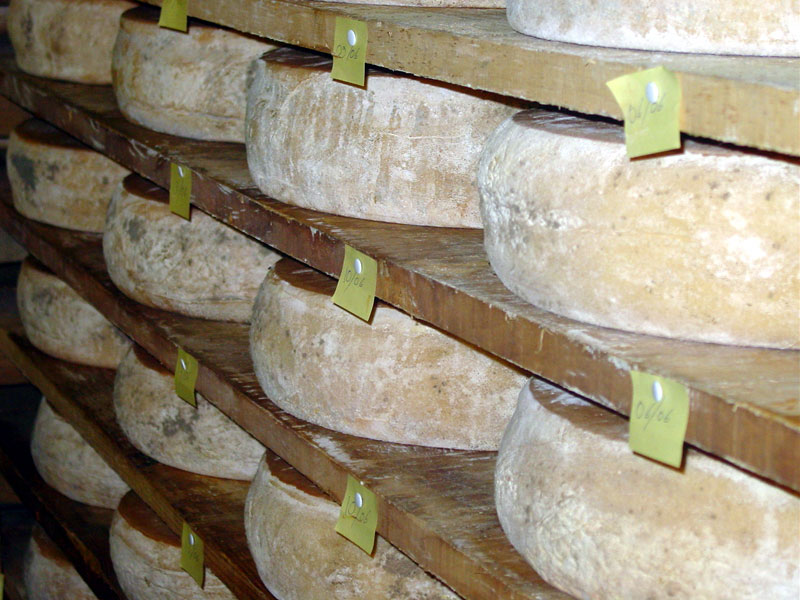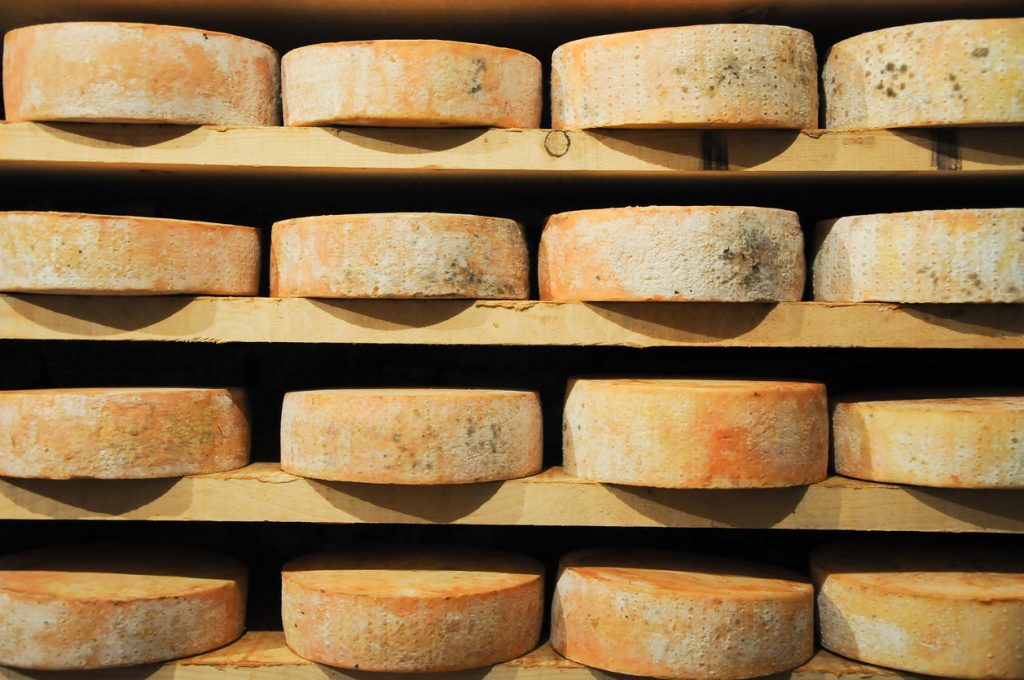The cheese of Langa
Symbol of Piedmontese gastronomic excellence, cheese is an ancient food with a long history.
Find out moreCheese is one of the most popular and sought-after gastronomic products.
Its fascinating history and flavors have contributed to making it an inevitable element on the kitchen table of lovers of culinary traditions or for those who are simply gluttonous.
Cheese, a true symbol of Piedmontese gastronomic excellence, is a food rich in mineral salts, proteins, and fats.
Its consumption is recommended for diets that need to integrate a shortage of other animal proteins.
What is cheese?
Cheese is obtained from whole, partially or totally skimmed milk, following the coagulation of the caseins it contains.
Coagulation is caused by the rennet (curdled) and may be natural or induced.
The rennet in practice divides the proteins contained in the caseins: on the one hand a mass of hydrophilic proteins is formed, whilehydrophobic proteins are deposited on the bottom.
These hydrophobic proteins are not soluble in water, and once they’ve agglomerated they are ready to be processed and transformed into cheeses and other dairy products.
The various types of cheese are determined by the milk used (raw, pasteurized, cow, goat, sheep or buffalo milk), by the initial treatments to which it is subjected, by the processing characteristics and by the processing methods and by maturing time.
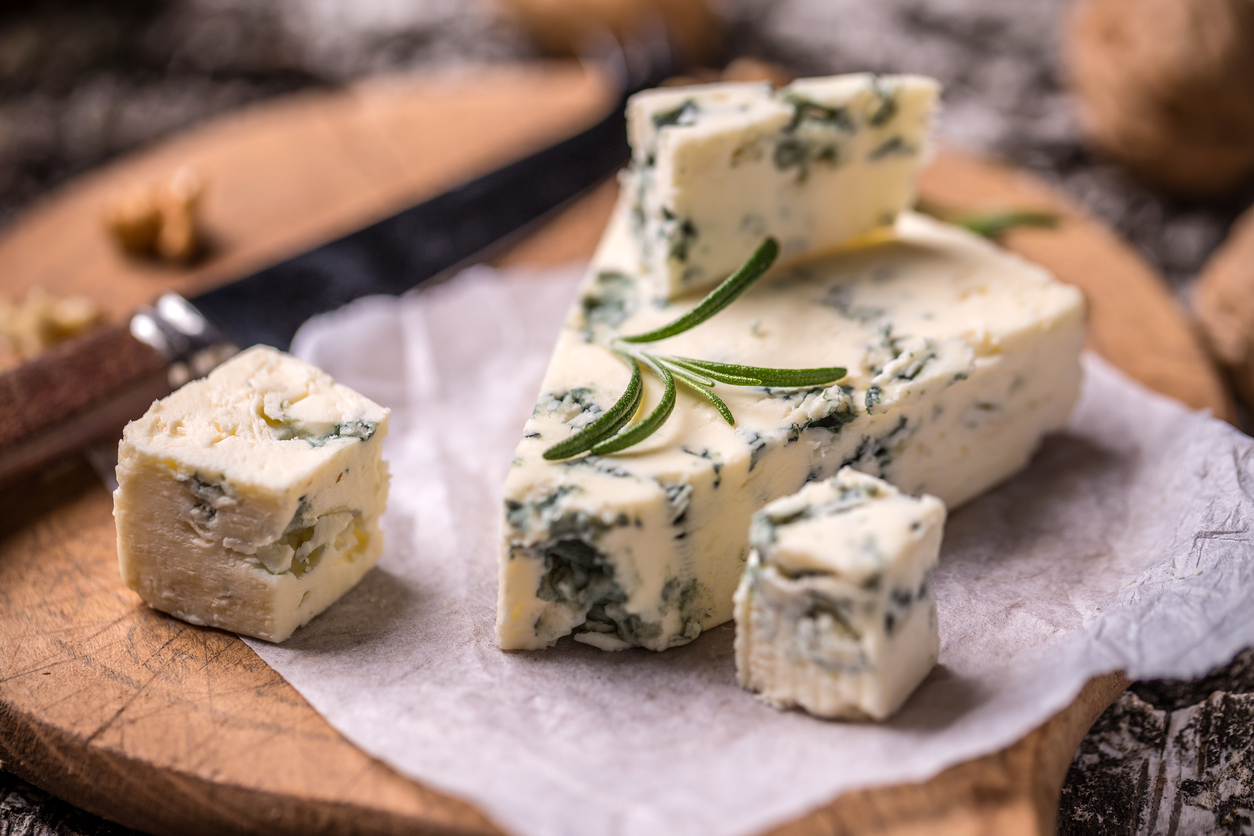
The origins of cheese
From antiquity to the present day
From Homer to the Romans, passing through the history of Piedmont, cheese is told.
In ancient times
The history of cheese begins in the ancient world: the bible and the poet Homer speak of it and Aristotle is the first to describe the method used for obtaining cheese from fig coagulant.
The etymology of the term leads us to the ancient Greeks: formos, in fact, was the word used to indicate the basket where the curdled milk was deposited in order to give it its form.
The Romans, who were large consumers and cheese producers, in addition to sheep’s milk, began to use cow’s milk (considered hitherto harmful); they discovered maturing and experimented with new flavors by using vinegar and saffron.
It was they who spread what today is called dairy craftsmanship, throughout the lands they conquered.
Cheese in the Province of Cuneo
Piedmont is the most productive and creative cheese-making area in Italy with over 30 types of cheese: goat, cow, hard, soft, fresh and seasoned cheeses.
It is also the only Italian region able to compete with the excellent products from France and can boast 9 DOP (Protected Designation of Origin) certified cheeses.
The province of Cuneo represents one of the golden areas with a rooted tradition and with some excellencies that have made it well-known and admired by the gastronomic world such as Bra, Castelmagno, Murazzanoor Raschera, just to name a few.
Tasting cheese
Tasting cheese requires the use of four of the five senses: touch, smell, taste and sight.
Before proceeding with the tasting, however, it is necessary to establish some basic “rules”: cutting above all, which must be done in a workmanlike manner.
-
1
The visual effect
The first impact is of course a visual one and allows us to establish an initial classification. Firstly, we need to observe the shape, then the color of the rind, its structure and finally the presence of the nail, or rather the part of the cheese that is directly in contact with the crust that usually takes on a more accentuated coloration.
-
2
Touch
Thanks to touch we can identify the type of crust, its surface, to see if it is treated with waxes or other products. We will also have to test the consistency of the mass.
-
3
Smell
For a proper olfactory analysis it is necessary to break the slice into two small parts before placing it up to the nostrils and identify its features in addition to understanding if its smell is to our liking.
-
4
Taste
Through chewing and salivation we can perceive the flavor, while the palate plays a crucial role in fully perceiving its taste. In fact, the palate allows the tongue to mix what we are tasting and helps us to grasp its consistency and adhesiveness.
Pairing Wine & Cheese
To celebrate the XIV edition of the “Cheese” event we’ve put together a mini guide for pairing Cheese and Wine.
Discover the selectionEveryone’s going crazy for Castelmagno cheese
The protagonist of Valle Grana
Castelmagno cheese stems from the creativity of the Alta Valle Grana shepherds.
Legend has it, the name could derive from the St. Magno sanctuary, built in memory of the companion of St. Dalmazzo, often depicted as a Roman legionnaire in local folklore.
Others say the name comes from Charlemagne, who fell in love with this product to the point that he used it as a form of payment of taxes on trade and on consumption of certain goods.
Another great admirer of Castelmagno was Vittorio Amedeo II of Savoy, who in 1722, not wanting to be left without this delicious product, ordered the entire community of Castelmagno to provide this cheese (roughly 80kg) for him in addition to the taxes in money.
In the 18th century, Castelmagno reached its greatest splendor when it was considered as the most prestigious of cheeses and was included in the menus of the most famous restaurants in Europe, starting with London and Paris.
As a result of the depopulation of the mountain valleys due to the two great wars, Castelmagno risked disappearing and was almost forgotten until the early 1980s when it was rediscovered and obtained the national DOC recognition (1982) and subsequently the European DOP recognition (1996).
Wine pairing
Cheese, thanks to its fat and protein components, goes quite well with wine.
During a tasting, cheese can play a key role in correctly interpreting the characteristics of various wines.
Preservation
The degradation of vitamins and fatty substances, increase in aromas, flavors and molds are some of the most common problems when it comes to cheese preservation.
Here you can find some tricks to preserve it as best as possible should you not have a fresh pantry.
All the cheeses of Piemonte
The biennial of Cheese returns to Bra from the 17th to the 20th of September.
Producers from all over the world bring their best products and allow you to pick and taste whatever you want, explaining their work and giving tips on serving and pairing.
The town fills up with events, meetings, and all sorts of entertainment for cheese lovers, and not only: you’ll also find many beer and wine stands, plus a great variety of curious ingredients from the international gastronomy.
This is definitely one of the best times to visit Langhe and Roero! Discover all the events (Italian content only) »
Cheese 2023
The cheese biennial returns to Bra with appointments, meetings and entertainment for all.
Discover all the events